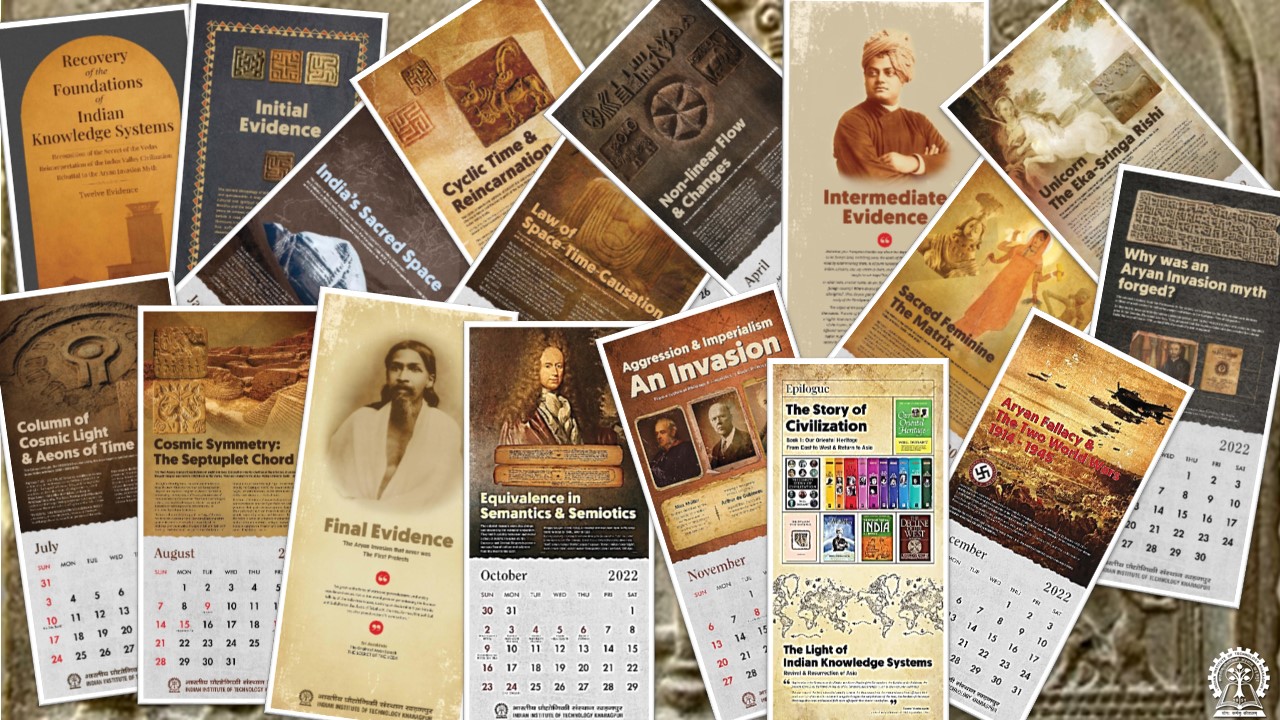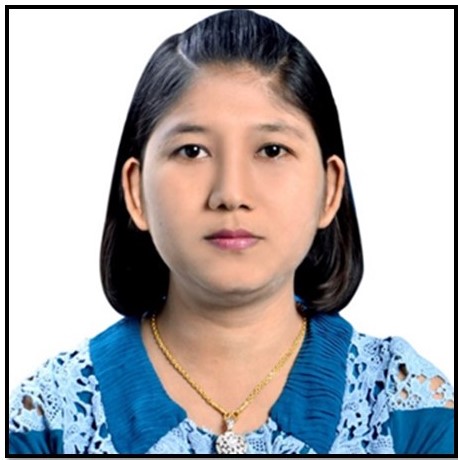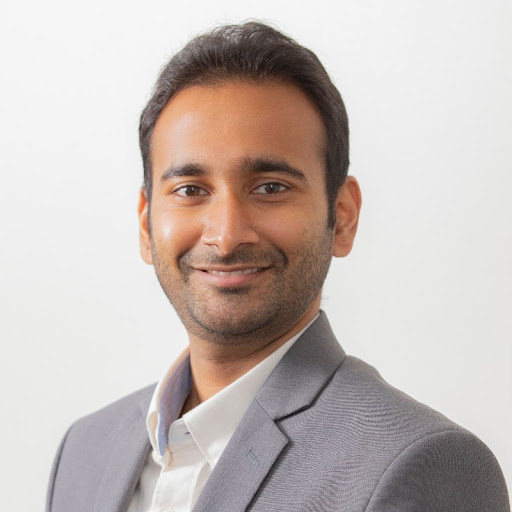
SIMULATING COVID-19 TRANSMISSION ON THE PARAMSHAKTI SUPERCOMPUTER
How do airborne diseases spread? What happens when two people in close proximity talk? How exactly does the air exchange take place? To answer all these questions and many more on the spread of the COVID-19 pathogen, Prof. Sandeep Saha of Aerospace Engineering, his students at the institute, and collaborators in CNRS, France, Imperial College, London, UK, and Princeton University, USA have performed a high-end simulation to study the transmission patterns of the COVID-19 pathogen by using the Paramshaakti Supercomputer. The Simulation The study, which has now been published in The Journal Of Fluid Mechanics, observed airflow and exchange between…




